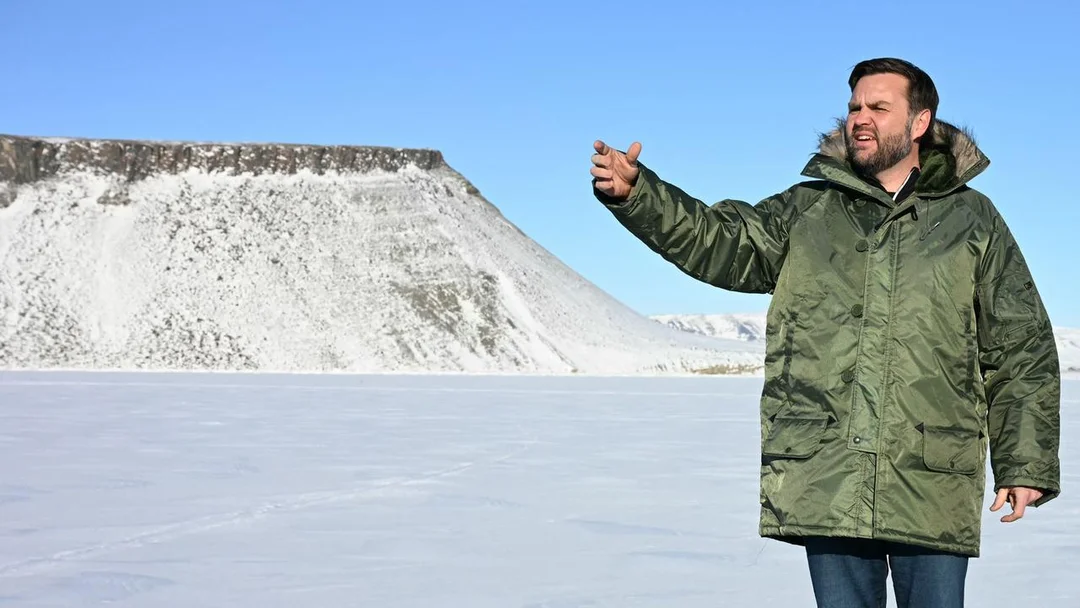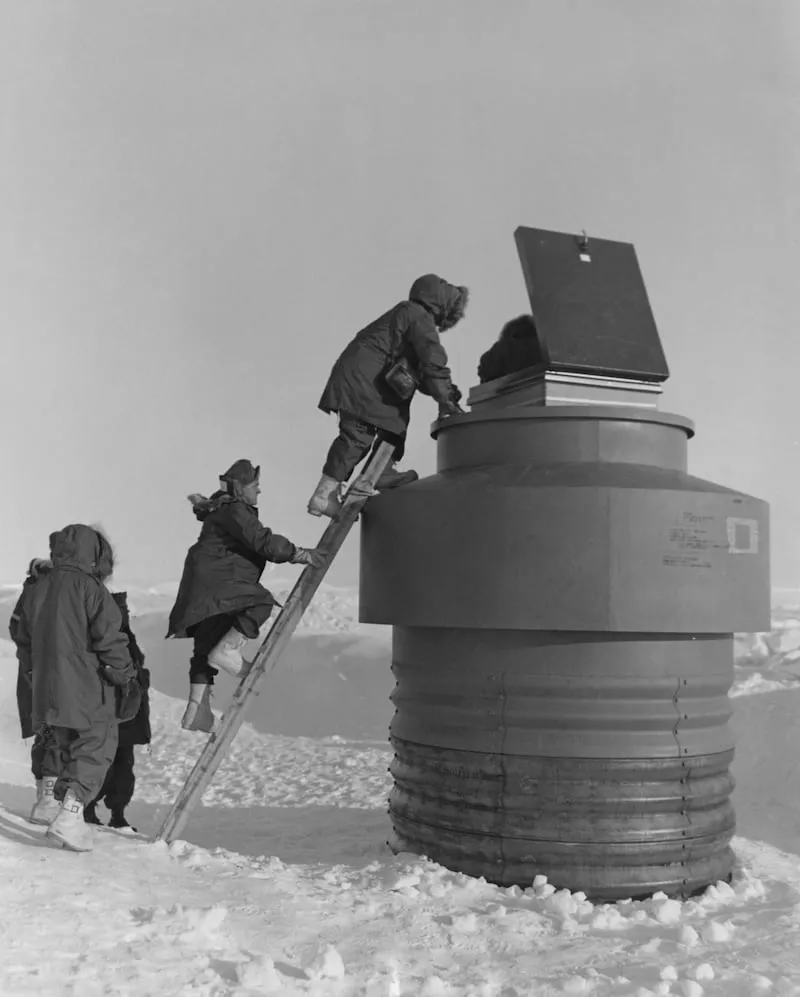
Cold War Relic: NASA Discovers Abandoned US Nuclear Base Under Greenland’s Ice
In a surprising turn of events, NASA scientists, while testing a new radar instrument in Greenland, have rediscovered Camp Century, a long-abandoned U.S. nuclear-missile site buried beneath the ice for decades. This Cold War relic, designed to house 600 medium-range ballistic missiles, was scrapped by the U.S. in 1967 due to the instability of the ice sheet. The discovery underscores America's complex relationship with Greenland, especially in light of renewed geopolitical interest.

The discovery was made serendipitously as the NASA team was mapping Greenland's ice bed to estimate future sea level rise. The network of tunnels and structures, once a top-secret outpost, now serve as a stark reminder of the tensions of the Cold War era. The Wall Street Journal reports that Camp Century was initially constructed in 1959 but abandoned less than a decade later.
Despite the downsizing of the U.S. military presence in Greenland—from 10,000 troops across 17 bases to around 150 at Pituffik Space Base (formerly Thule Air Base)—the 1951 treaty with Denmark remains in effect. This treaty grants the U.S. the right to maintain military bases on the territory, a point Danish politicians have emphasized amid renewed U.S. interest in Greenland.

The timing of the rediscovery is particularly intriguing given recent geopolitical maneuvers. Vice President J.D. Vance's visit to Pituffik Space Base in March was met with a measured response from Danish Foreign Minister Lars Løkke Rasmussen, who pointed out that the existing treaty already provides ample opportunity for a stronger U.S. military presence. However, the possibility of complete U.S. control, as suggested previously, remains a sensitive subject.
Historical context reveals a long history of U.S. interest in Greenland. After taking over the island’s defense during World War II, the U.S. even proposed purchasing Greenland from Denmark in 1946—an offer that was declined. This highlights the enduring strategic importance of the island.

Furthermore, past U.S. nuclear activities in Greenland have been a point of contention. The 1968 B-52 bomber crash near Pituffik Space Base, which led to radioactive contamination, exposed the fact that the U.S. had been storing nuclear weapons at the base without informing Denmark. The secretive nature of Camp Century's nuclear purpose, concealed even from many U.S. personnel stationed there, adds another layer to the historical complexities.
The rediscovery of Camp Century raises important questions about the legacy of the Cold War and its continued relevance in today’s geopolitical landscape. What are the long-term environmental impacts of this abandoned nuclear site, and what does it mean for the future of U.S.-Danish relations? Share your thoughts and perspectives in the comments below.